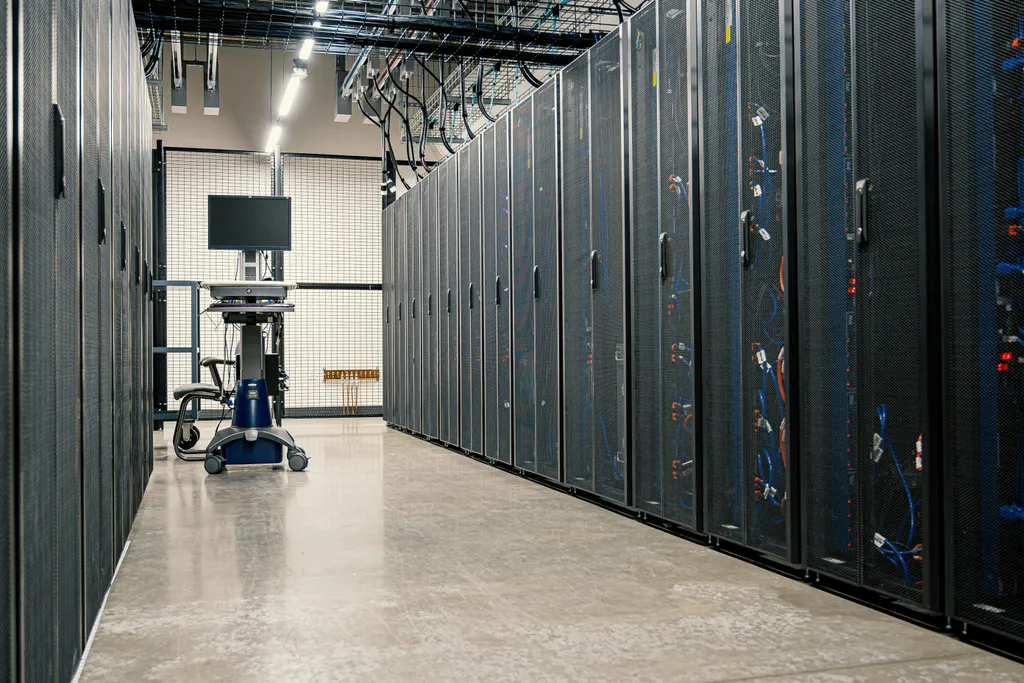 Future-Proofing Your Data Center Strategy
Future-Proofing Your Data Center Strategy As IT infrastructure evolves, businesses must rethink their data center strategies to accommodate cloud, hybrid, and on-premise solutions. The future of data centers lies in scalability, security, automation, and cost-efficiency. With the rapid adoption of AI, edge computing, and hybrid cloud models, organizations must take a proactive approach to modernizing their infrastructure. This blog explores how companies can future-proof their data centers to ensure long-term success in an ever-changing technological landscape. ## Introduction Data centers are the backbone of modern IT operations, housing the critical infrastructure that powers businesses worldwide. However, the traditional approach to data center management is becoming obsolete as enterprises move towards hybrid, multi-cloud, and edge computing models. The shift is driven by the need for greater agility, scalability, and efficiency while maintaining robust security and cost control. Organizations that fail to evolve their data center strategies risk facing performance bottlenecks, security vulnerabilities, and rising operational costs. Future-proofing your data center involves strategic planning, modernization efforts, and adopting emerging technologies that can handle future IT demands. ## Benefits A well-planned data center strategy ensures that organizations stay agile, competitive, and resilient in the face of technological disruptions. Below are some key benefits of future-proofing your data center: ### 1. Scalability & Flexibility With the rapid growth of big data, AI workloads, and remote work, companies need data centers that scale effortlessly. Future-proofing your infrastructure ensures: - Cloud & Hybrid Solutions: The ability to dynamically scale workloads between on-premise and cloud environments. - Containerization & Microservices: Technologies like Kubernetes allow flexible, lightweight application deployments. - Edge Computing Integration: Deploying resources closer to users to reduce latency and enhance real-time processing. ### 2. Cost Optimization & Energy Efficiency Rising energy costs and environmental concerns push organizations to adopt efficient and sustainable data center models. Strategies include: - Green Computing Initiatives: Using renewable energy sources and energy-efficient hardware. - AI-Driven Resource Management: Automating cooling and power usage based on workload demand. - Server Consolidation: Reducing excess hardware to minimize operational expenses. ### 3. Enhanced Security & Compliance Cybersecurity threats continue to evolve, making it critical to fortify data centers against attacks. Future-proofing involves: - Zero-Trust Architecture: Ensuring continuous authentication and verification for users and devices. - AI-Powered Security: Using machine learning to detect anomalies and prevent breaches. - Regulatory Compliance: Meeting GDPR, HIPAA, and ISO 27001 standards to avoid fines and reputational damage. ### 4. Automation & AI-Driven Management As IT workloads grow, manual management becomes unsustainable. Automating infrastructure can: - Reduce Downtime: AI-driven predictive maintenance helps identify failures before they occur. - Optimize Workloads: Automated load balancing improves resource allocation. - Self-Healing Systems: AI-powered automation restarts and reconfigures services automatically in case of failures. ## Challenges Despite the clear benefits, modernizing a data center comes with its own set of challenges: ### 1. High Migration Costs & Complexity Moving workloads from legacy systems to cloud and hybrid models can be expensive. Organizations must: - Conduct cost-benefit analyses before migrating. - Implement a phased migration strategy to reduce downtime. - Train IT teams on cloud-native architectures. ### 2. Security Risks in a Hybrid Environment Hybrid and multi-cloud environments introduce new security risks, such as: - Data leakage due to misconfigured cloud settings. - Expanded attack surface across multiple environments. - Compliance challenges in managing data across jurisdictions. ### 3. Ensuring Business Continuity During Transition Shifting to a modernized data center can disrupt operations if not managed carefully. To mitigate risks: - Implement disaster recovery (DR) and backup plans. - Use redundant architectures to minimize service interruptions. - Test infrastructure updates in sandbox environments before deployment. ## Conclusion A future-proof data center is more than just an IT investment—it’s a strategic advantage. By integrating scalable infrastructure, security enhancements, automation, and cost-effective energy solutions, organizations can stay ahead of technological shifts. To remain resilient and competitive, businesses must: - Adopt hybrid and cloud solutions for agility. - Leverage automation and AI to improve efficiency. - Enhance security measures to protect critical assets. - Optimize costs with energy-efficient strategies. The future of IT infrastructure is here—will your data center be ready? Stay tuned for more insights on IT transformation and infrastructure evolution in upcoming blogs!
